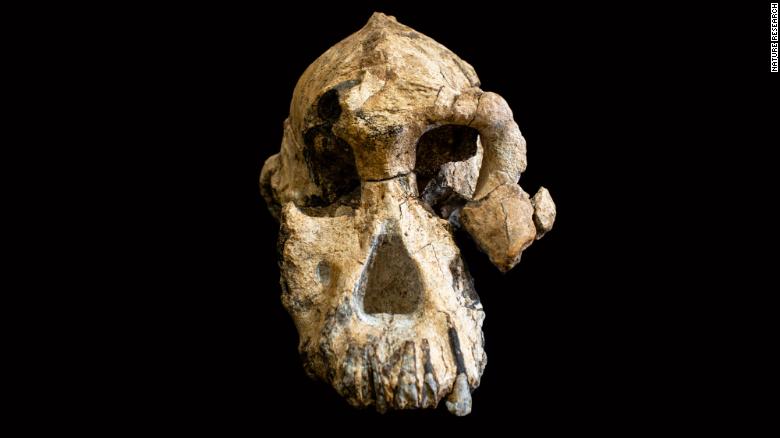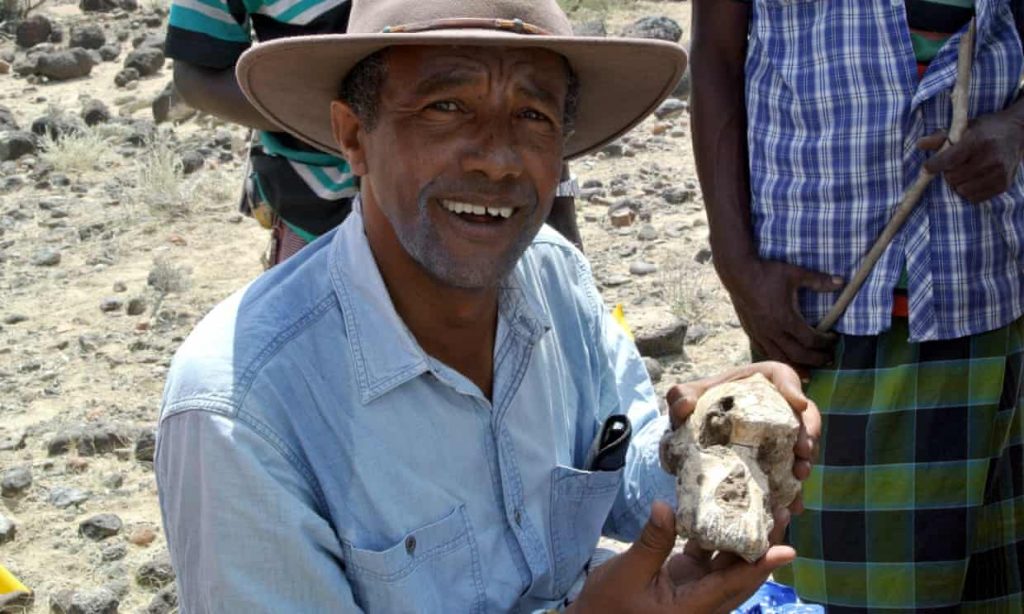A 3.8-Million-Year-Old Skull Puts a New Face on a Little-Known Human Ancestor

A 3.8-Million-Year-Old Skull Puts a New Face on a Little-Known Human Ancestor
A 3.8 million-year-old African skull offers researchers an insight into the evolutionary history of humans, a new study suggests.

The discovery reveals what may have looked like the face of a possible ancestor of the species that is known as Lucy – a famous Ethiopian skeleton discovered in the mid-1970s.
Researchers say that early human ancestor fossils are extremely rare, The fossil cranium represents a specimen from a time interval between 4.1 and 3.6 million years ago.
“The preservation of the specimen really is exceptional,” study co-author Stephanie Melillo, a palaeoanthropologist at the Max Planck Institute for Evolutionary Anthropology in Leipzig, Germany, told Nature.
The skull was found in just two large pieces, which she says is unfathomably unlikely for a specimen of this age. “We just got really lucky with this find.”

The study was led by Yohannes Haile-Selassie of the Cleveland Museum of Natural History.
According to Nature, the scientists who discovered the skull say it was a male and belongs to a species called Australopithecus anamensis.
That ancestral species is the oldest known member of Australopithecus, a grouping of creatures that preceded our own branch of the family tree, called Homo.
It was also thought to precede Lucy’s species, which is known as Australopithecus afarensis.
But features of the latest find now suggest that the new fossil’s species shared the prehistoric Ethiopian landscape with Lucy’s species, for at least 100,000 years, the study authors say.
This hints that the early evolutionary tree was more complicated than scientists had thought, Nature said.
This overlap challenges the widely-accepted idea of a linear transition between these two early human ancestors.
“This is a game-changer in our understanding of human evolution during the Pliocene,” Haile-Selassie said.
“What we’ve known about Australopithecus anamensis so far was limited to isolated jaw fragments and teeth,” he said during a press conference. “We didn’t have any remains of the face or the cranium except for one small fragment near the ear region.”

The age of the fossil was determined to be 3.8 million years old and was done by dating minerals in layers of volcanic rocks nearby.
The fossil was found in 2016, in what was once sand deposited in a river delta on the shore of a lake in Woranso-Mille in Ethiopia. “I couldn’t believe my eyes when I spotted the rest of the cranium.
It was a eureka moment and a dream come true,” said Haile-Selassie.
Experts unconnected to the new study praised the work. Eric Delson of Lehman College in New York called the fossil “beautiful” and said the researchers did an impressive job of reconstructing it digitally to help determine its place in the evolutionary tree.